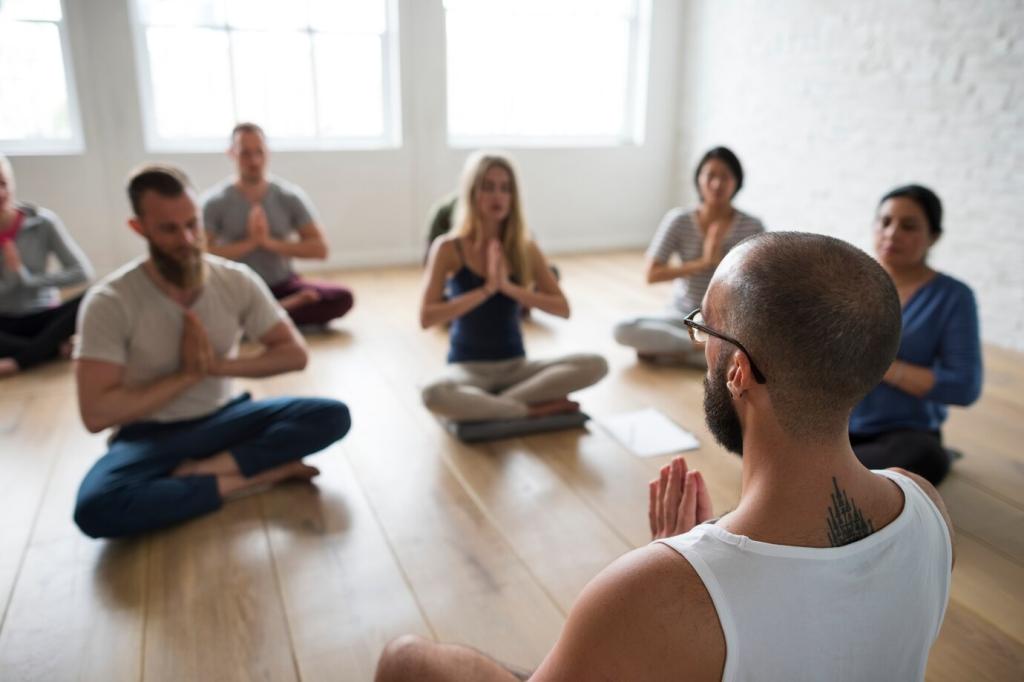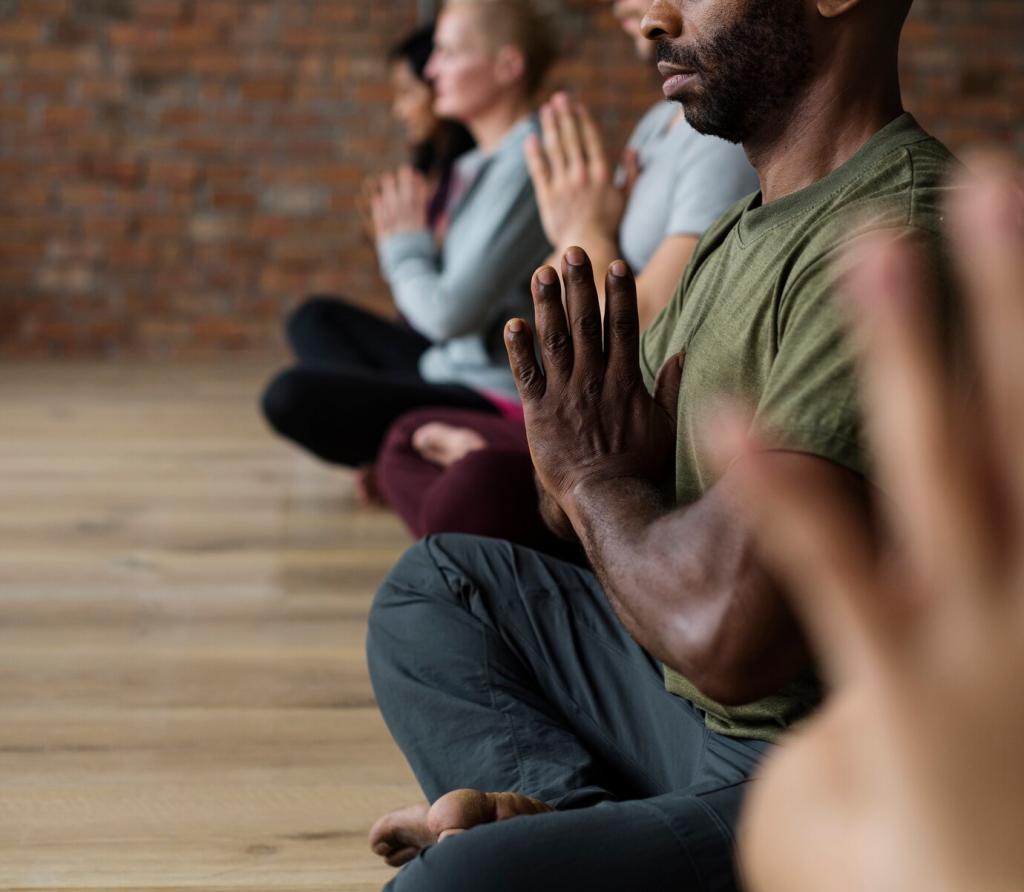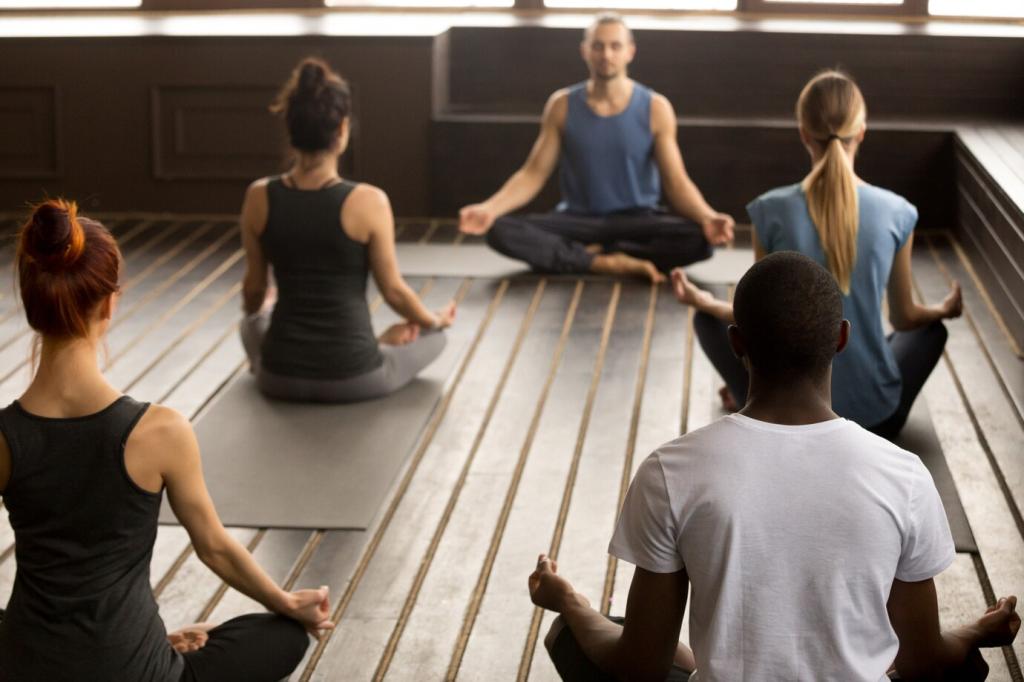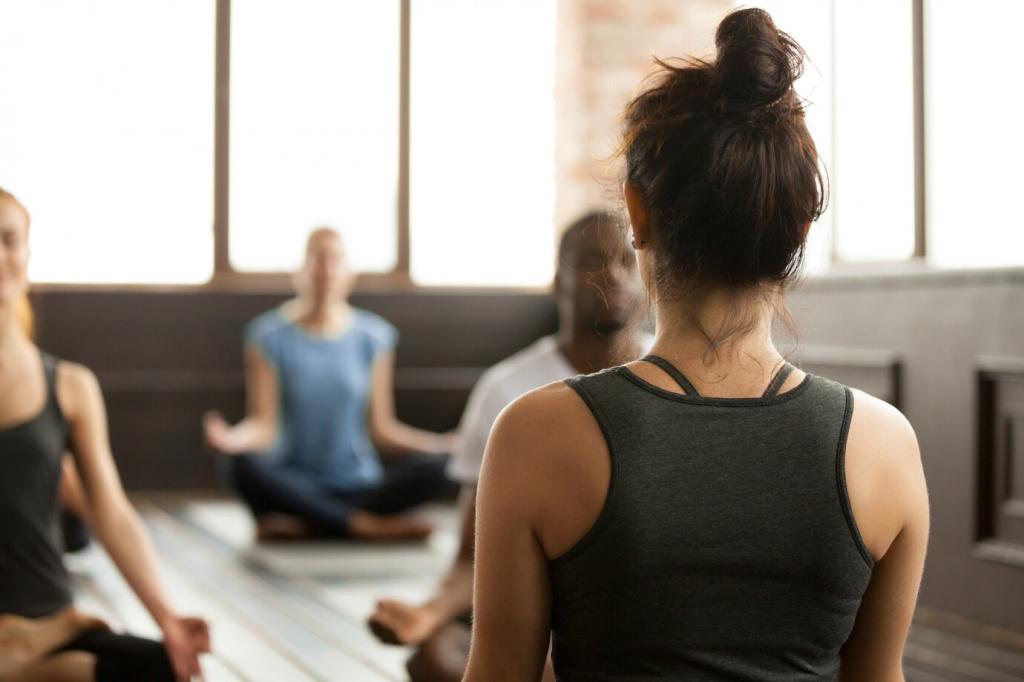Community, Guidance, and Staying the Course
Form a three-person check-in group. Share a daily emoji for mood and a number for minutes meditated. Tiny public commitments build momentum, especially when rehabbing feels slow or uncertain.
Community, Guidance, and Staying the Course
Tell us your injury type, current restriction, and what feels hardest mentally. We’ll suggest a targeted meditation you can test during your very next therapy session or home exercise routine.
Community, Guidance, and Staying the Course
Get weekly guided audios, research summaries in plain language, and seasonal challenges designed for real-life rehab schedules. Tap subscribe so your next step arrives right when motivation needs a friendly nudge.
Community, Guidance, and Staying the Course
Lorem ipsum dolor sit amet, consectetur adipiscing elit. Ut elit tellus, luctus nec ullamcorper mattis, pulvinar dapibus leo.








